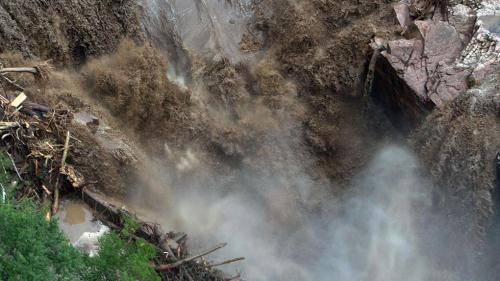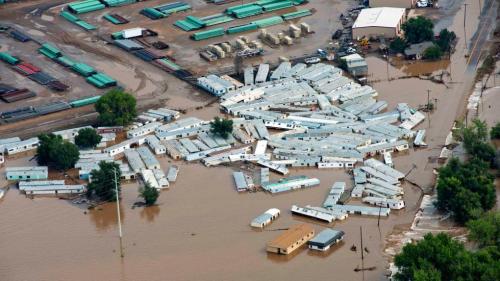The World Forum on Natural Capital meet today and tomorrow in Edinburgh. Here NGOs, governments, business and the financial industry will consider ways of valuing nature using the concept of natural capital. This project emerges out of programmes launched at Rio+20 such as the UNEP’s Green Economy Report and financial institutions’ Natural Capital Declaration. The forum will undoubtedly raise awareness on environmental threats, but the strategy of using “natural capital” to respond threatens to take environmental decision-making out of the political sphere and into the marketplace. Not only does this move erode democratic decision-making on the environment – but it will give more control over nature to the very financial institutions and corporations responsible for unsustainable development. The real threat is that the natural commons, the ecological space we all share, will be subject to a new wave of privatization under the pretense that corporations and financial institutions will suddenly become responsible environmental guardians – once natural capital is part of their balance books.

This radical new policy approach to environmental decision making is being pushed by the UNEP, the UK government and a variety of environmental organisations eager to help business understand the environmental consequences of their activities. While well intentioned, the project lacks a critical view on corporate power and the ways in which neoliberal institutions work to appropriate the rhetoric of social and environmental movements to serve their own agenda. In this case, the project establishes conditions for resource and land grabs while also creating fantastic greenwashing opportunities for corporations. On the first day of the conference it has already been made apparent how the concept of natural capital accounting provides an effective means for corporations like sponsor Royal Bank of Scotland and presenter Rio Tinto to greenwash their disastrous environmental activities (RBC in Canadian Tar Sands and Rio Tinto in Indonesia and around the world).
Using Financial Logic to “Value” Nature
While we desperately need to develop more effective means to value nature, using financial calculations is an ill-conceived and dangerous approach for reasons that I describe at length in my recent paper ‘Re-imaging the commons as “the green economy”’. Take the example of Scotland’s First Minister, Alex Salmond’s claim that nature is worth between £21.5 to £23 billion per year to the Scottish economy. As always when we attempt to fix a financial figure to something that is priceless, the figure itself reveals gross errors in logic. If ‘nature’ in Scotland were to become radically de-stabilized and regional ecosystems were to collapse (say to due to run away climate change – or become heavily polluted due to severe radioactive contamination or groundwater contamination from fracking) than human habitation would become extraordinarily difficult, exposing residents to extreme hazards. Thus the idea that nature is only worth 10% of annual Scottish GDP is absurd – Scotland’s economy is 100% dependent on the relative stability and provisioning services provided by the natural world. This undervaluation of natural capital is only one of many flaws I describe at length in my paper.
Social Movements Respond
A counter-conference is taking place in Edinburgh called ‘Nature is Not for Sale: Forum on the Natural Commons’. This event exposes the political drivers and the interests being served by the World Forum on Natural Capital and highlights alternative means of managing the ecological commons. As World Development Movement director Nick Dearden tweeted today, there are many alternative approaches: ‘It’s happening: food sovereignty, community energy, remunicipalise water. Less finance, more regulation’. Organized by World Development Movement, Counter Balance, Re:Common and Carbon Trade Watch the ‘Nature for Sale’ conference asserts that the United Nations, governments and global financial institutions are planning ‘how to put a price on nature so it can be bought and sold as a commodity’. The ‘No to Biodiversity Offsetting’ declaration will be launched tonight. Natural capital accounting is radical the way that neo-liberalism is radical – radical in giving new powers to corporations and financial institutions while weakening democracy and government’s capacity to regulate corporate pollutors.

Cartoon by Ralph Underhill – @CartoonRalph Continue reading →

 Presentation at the “Critical Pedagogies in the Neoliberal University: Expanding the Feminist Theme in the 21st century Art [and Design] School” session, #AAH2019 –Brighton, April 2019
Presentation at the “Critical Pedagogies in the Neoliberal University: Expanding the Feminist Theme in the 21st century Art [and Design] School” session, #AAH2019 –Brighton, April 2019
















